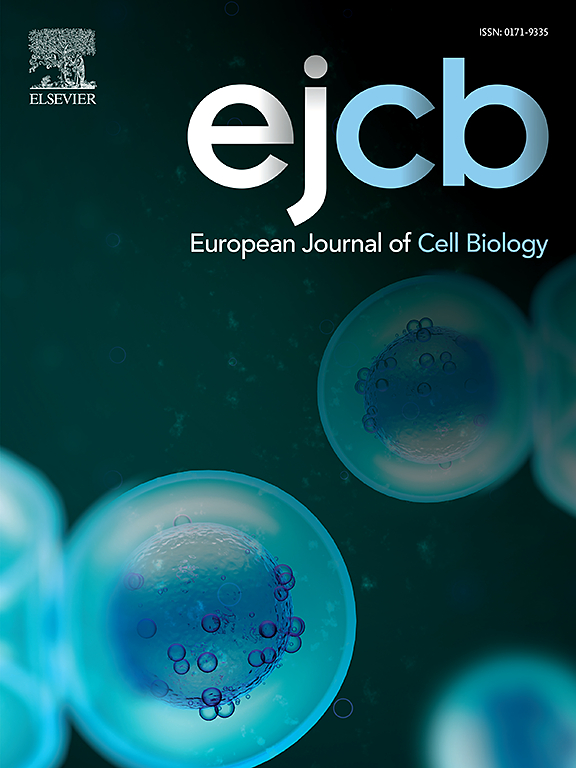利用侏儒雪貂研究哺乳动物大脑的发育和进化。
IF 4.3
3区 生物学
Q2 CELL BIOLOGY
引用次数: 0
摘要
哺乳动物的大脑进化出了一个新皮质,在进化过程中,不同物种的新皮质在大小和形态上都发生了变化。在一些哺乳动物中,神经元和神经胶质细胞数量的大幅增加导致了大脑的扩张和折叠,人们认为这些进化变化有助于哺乳动物获得更高的认知能力。然而,其潜在的分子和细胞机制仍未得到充分阐明。研究这些机制的一个主要困难是缺乏合适的动物模型,因为小鼠和大鼠等传统实验动物的大脑较小,没有结构上明显的褶皱。因此,包括我们在内的研究人员将重点放在使用雪貂而不是小鼠和大鼠上。雪貂是一种驯化的肉食哺乳动物,具有后脑,尤其适合进行基因操作,包括通过子宫内电穿孔来敲除大脑中的基因。在这篇综述中,我们将重点介绍最近利用雪貂对大脑皮层褶皱的发育和进化机制进行的研究。本文章由计算机程序翻译,如有差异,请以英文原文为准。
Investigation of the development and evolution of the mammalian cerebrum using gyrencephalic ferrets
Mammalian brains have evolved a neocortex, which has diverged in size and morphology in different species over the course of evolution. In some mammals, a substantial increase in the number of neurons and glial cells resulted in the expansion and folding of the cerebrum, and it is believed that these evolutionary changes contributed to the acquisition of higher cognitive abilities in mammals. However, their underlying molecular and cellular mechanisms remain insufficiently elucidated. A major difficulty in addressing these mechanisms stemmed from the lack of appropriate animal models, as conventional experimental animals such as mice and rats have small brains without structurally obvious folds. Therefore, researchers including us have focused on using ferrets instead of mice and rats. Ferrets are domesticated carnivorous mammals with a gyrencephalic cerebrum, and, notably, they are amenable to genetic manipulations including in utero electroporation to knock out genes in the cerebrum. In this review, we highlight recent research into the mechanisms underlying the development and evolution of cortical folds using ferrets.
求助全文
通过发布文献求助,成功后即可免费获取论文全文。
去求助
来源期刊

European journal of cell biology
生物-细胞生物学
CiteScore
7.30
自引率
1.50%
发文量
80
审稿时长
38 days
期刊介绍:
The European Journal of Cell Biology, a journal of experimental cell investigation, publishes reviews, original articles and short communications on the structure, function and macromolecular organization of cells and cell components. Contributions focusing on cellular dynamics, motility and differentiation, particularly if related to cellular biochemistry, molecular biology, immunology, neurobiology, and developmental biology are encouraged. Manuscripts describing significant technical advances are also welcome. In addition, papers dealing with biomedical issues of general interest to cell biologists will be published. Contributions addressing cell biological problems in prokaryotes and plants are also welcome.
 求助内容:
求助内容: 应助结果提醒方式:
应助结果提醒方式:


